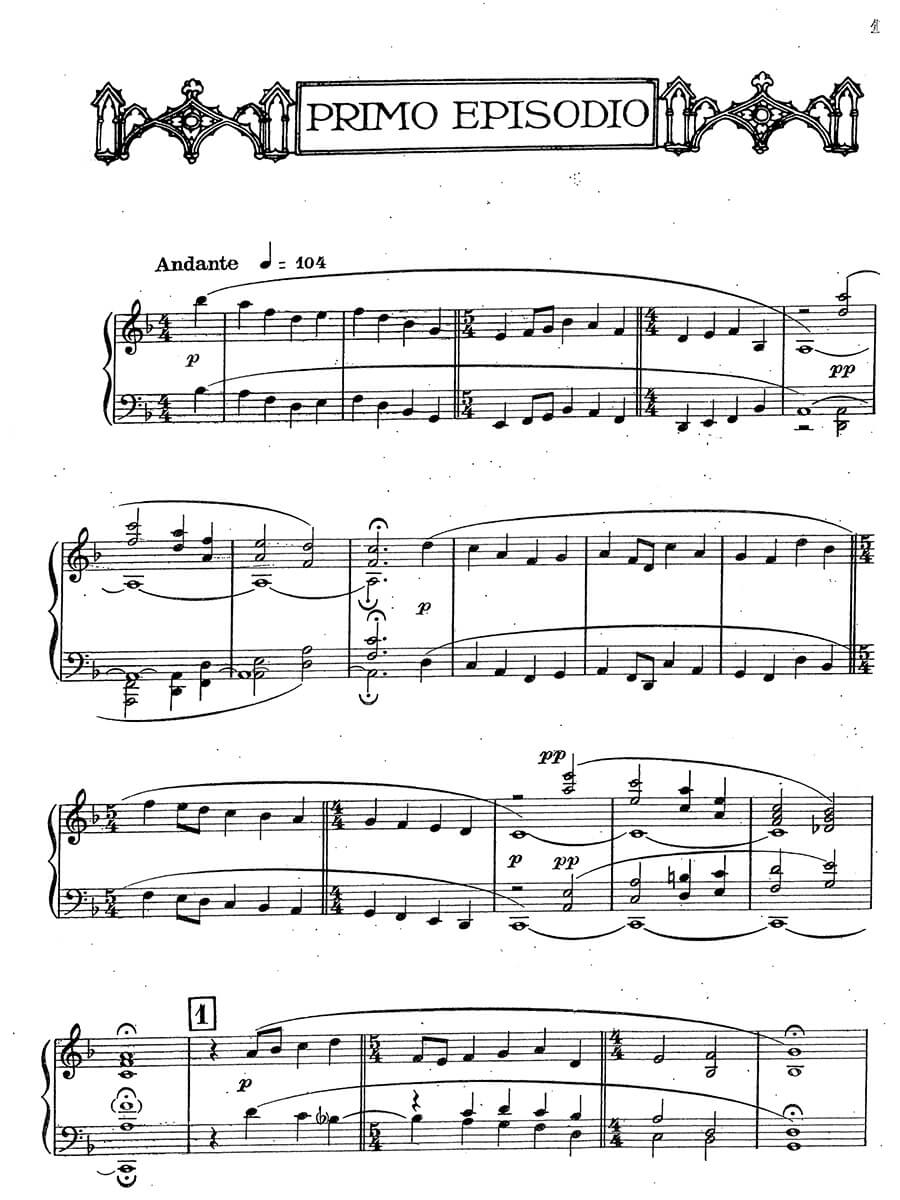Maria Egiziaca, Mistero in un atto e 2 episodi (Vocal score with Italian libretto)
Respighi, Ottorino
23,00 €
Preface
Respighi, Ottorino – Maria Egiziaca, Mistero in un atto e 2 episodi (Vocal score with Italian libretto)
“And now, after exhuming the admirable secret of our commedia buffa and after returning those solid and elastic forms of the 17th and 18th centuries to our instrumental music, we will renovate our purely Italian melodrama, which should not cease to exist at all; quite the opposite, it should renew and match the tastes of the new times.” (A. Casella, 21 + 26, ed. A. C. Pellegrini, Olschki, 2001, 9-10) With these words, Alfredo Casella (1883-1947) explained in 1930 the mission of his generation: restoring the Italian tradition of baroque and classic Melodramma after the “Wagnerian” revolution which had characterized the work of opera composers in the time of Verismo. Between the 19th and 20th centuries, a young generation of musicians born around the 1880s – the so-called Generazione dell’Ottanta – felt the need to disinter the remains of the lost tradition of Italian music and opera. Artistic genius and musicological interests, creativity and research, a glimpse into the future and nostalgia for the past walked arm in arm for young composers and intellectuals such as Ildebrando Pizzetti (1880-1968), Alfredo Casella, Gian Francesco Malipiero (1882-1973), Franco Alfano (1875-1954) and a latere Ottorino Respighi (Bologna, 1879 – Roma, 1936).
These composers never founded a real “national school”. They never signed an aesthetic or ideological manifesto, as the Futurists did. Nevertheless, they endorsed a common program against Verismo in music.
Respighi did not adhere expressly to any aesthetic movement, although his sensitivity to Impressionism and Debussy’s music is evident. Anyway, he was a son of his time, easily affected by all cultural impulses of his epoch. And one of these was represented by a reborn enthusiasm for archaic literature, especially for the laudatic genre. The medieval theater represented at that time a renewed cult. The proper of the Graduale Romanum (Solesmes, 1908) became a source of inspiration. In the early 20th century, the Roman Movimento Ceciliano endorsed by Pope Pius X had already reformed the liturgical music of the Catholic Church by recovering the tradition of Gregorian Chant. Lorenzo Perosi (1872-1956) and Giovanni Tebaldini (1854-1952) devoted themselves to reformed Catholic music while composing oratorios in the vein of Giacomo Carissimi (1605-1674).
…
For more information about the piece read the preface to the full score:
> HERE
Score Data
| Score Number | 2152b |
|---|---|
| Edition | Opera Explorer |
| Genre | Opera |
| Size | 210 x 297 mm |
| Printing | Reprint |
| Specifics | Vocal score with Italian libretto |
